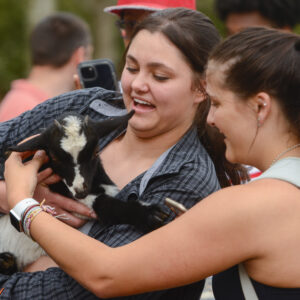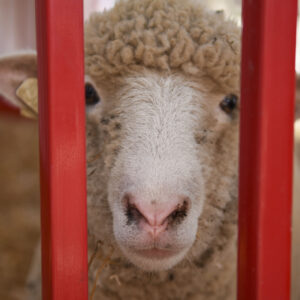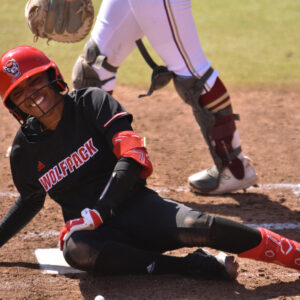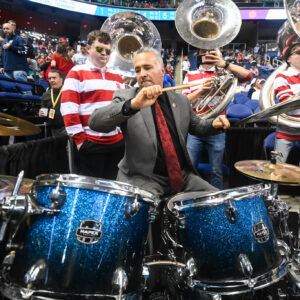![Veterinarian Seiche Genger, a first year resident in the poultry health management program at the College of Veterinary Medicine, carries a supplemental feeder down the center aisle of the chick-filled teaching animal unit poultry house Tuesday morning, Feb. 10, 2015. Genger is conducting a study to determine if the lesions associated with femoral head necrosis, an osteopathology commonly associated with lameness in poultry, are being artificially induced by the necropsy techniques currently being used or if they are truly a result of pathologic changes in the metaphyseal region of the femur. "There is a lot of argument in the veterinary field if [these lesions] are truly indicative of femoral head necrosis or not because we find that samples submitted from the field that have been positively identified with femoral head necrosis to our laboratory here, and other diagnostic labs, histopathologically don't indicate such lesions," said Genger. By: Caide Wooten](http://studentmedia.ncsu.edu/agromeck/wp-content/uploads/Screen-Shot-2015-04-01-at-12.37.28-PM-300x200.png)
Veterinarian Seiche Genger, a first year resident in the poultry health management program at the College of Veterinary Medicine, carries a supplemental feeder down the center aisle of the chick-filled teaching animal unit poultry house Tuesday morning, Feb. 10, 2015. Genger is conducting a study to determine if the lesions associated with femoral head necrosis, an osteopathology commonly associated with lameness in poultry, are being artificially induced by the necropsy techniques currently being used or if they are truly a result of pathologic changes in the metaphyseal region of the femur. “There is a lot of argument in the veterinary field if [these lesions] are truly indicative of femoral head necrosis or not because we find that samples submitted from the field that have been positively identified with femoral head necrosis to our laboratory here, and other diagnostic labs, histopathologically don’t indicate such lesions,” said Genger.
By: Caide Wooten
Agromeck Co-Photo Editor, Chris Rupert said:
This week’s photo of the week was taken by Technician photo editor Caide Wooten. This photo shows a side of N.C. State normally unseen to most students. Caide did an outstanding job framing this photo. He broke the traditional rule of thirds by placing the subject in the center of the frame, but thanks to the symmetry of the scene, ultimately adds to the photo. Caide took this photo below eye level, allowing him to place the chicks and their feeder in the foreground of the frame as well as creating leading lines with the rafters, leading right to the subject.










